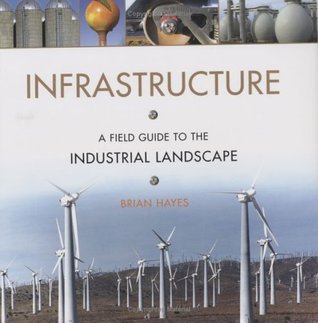What do you think?
Rate this book


512 pages, Hardcover
First published January 1, 2005
If you didn’t know what an atom was, or a cell, or if you weren’t familiar with the concept of gravity; or if you had never heard of the Roman Empire, or the American Revolution; or if you had never read a novel—your education would be considered lacking.
But how many people know: What cement is, and where its key ingredient comes from? What fertilizer consists of, and how it is made? The difference between crude and refined oil? What type of electric current is used for long-distance power transmission, and why? Whether more goods are transported over land, sea, or air, and why?
[...]
How did we let ourselves become this detached from the system that keeps us all alive and gives us the world we know?
[U]nderstanding where our modern standard of living comes from, at a basic level, is a responsibility of every citizen in an industrial civilization.
An unwritten rule of development says: Always celebrate what's no longer there. [...] Having lost contact with industry on a day-to-day basis, one common response is to romanticize or sentimentalize what we have left behind.